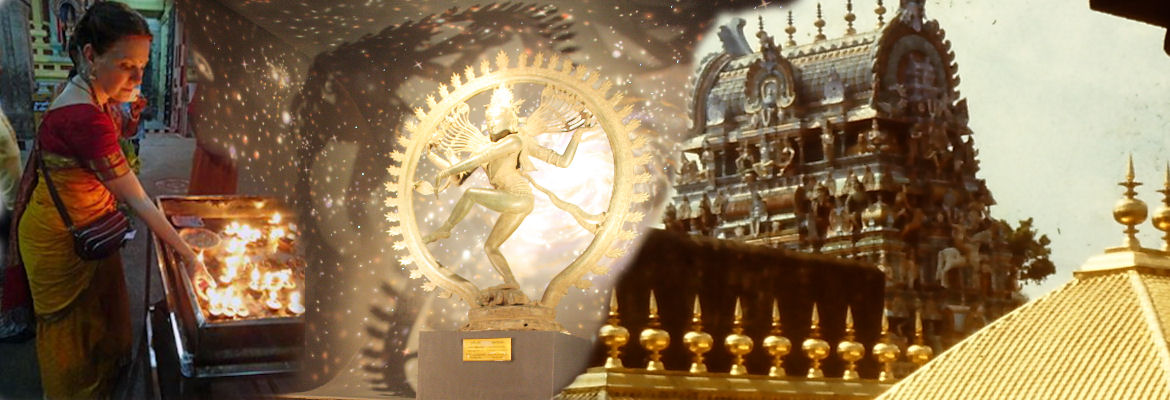Sometimes we find mysterious markings on the pavements of Indian temples. Lightly carved in the granite they attract slight attention, compared with the beautiful sculpture found on pillars, walls, and even ceilings. One of these found in many places consist of three concentric squares with a cross in the centre. It is a simple figure and I think most people would not think anything of it. But it represents a great mystery and profound cosmological and astronomical knowledge.
One of the mysteries is that this game is found all over the world. Both all across the Eur-Asian continent, but also in Africa. I remember seeing examples from the Americas even but I can’t find the references right now. This game is known in Europe as Nine-Men-Morris or Mill Game. In South Africa it is known as Morabaraba. The earliest known example may be from an ancient temple in Egypt. I am not sure it is played the same way everywhere also. I have not been able to find out it name or how it is played in India. I only know it as it is played in Europe. It is played by two players with pieces that are moved in a certain way around the grid.
As described on Wikipedia:
“The board consists of a grid with twenty-four intersections or points. Each player has nine pieces, or “men”, usually colored black and white. Players try to form ‘mills’— three of their own men lined horizontally or vertically—allowing a player to remove an opponent’s man from the game. A player wins by reducing the opponent to two pieces, or by leaving him without a legal move.”
This game has a completely other face as well. Because it is effectively a diagram representing both heaven and earth, and their astronomical interaction. And it indirectly also represents astronomical Time. Four imaginary lines connect the poles with the points on the ecliptic where the sun marks the four significant moments of the year. When and where the sun’s movements turns north and south. These are called the solstices. And the midway points, called the equinoxes. In the Western calendar the solstices occur on 21 December and 21 June respectively. The equinoxes are marked on 21 March and 21 September. In Indian tradition this is called Uttarayana (sun turns north) and Dakshinaya (sun turns south). And the equinoxes are called Vishuvat. Heaven is a sacred square with the colures the line emanating from the central point to the sides. Seen three-dimensionally it would be a pyramid!
The key to understand this constellation of meaning around this simple diagram is found in its name, the mill-game. The sacred mill is a mythological representation of Heaven and the colures. And its grinding is the movements of the four seasonal points through the ecliptic. This movement or shifting is called precession. It is called ayanamsha in Sanskrit. Every year these points move a fraction (now about 50.24 arc seconds annually) . It takes 2160 years for the points to shift through one of the 12 rasi or star-signs. At the moment the winter solstice occurs when the sun is in Sagittarius (Dhanus). In some 400 years it will occur with the sun in Scorpio (Vriscika).
The movement of precession, the grinding of the Heavenly Mill, was a very sacred phenomenon for the ancients all over the world. It is said to have generated great power and treasures and beautiful things. What is truly remarkable is that peoples from all over the world knew and understood this phenomenon. Because from our modern point of view we cannot understand how they could have known. As it is such a slow process. Let alone understood its nature. And this game was played to convey the hidden and sacred meaning of this astronomical phenomenon.
As Dr.Jessie Mercay recently so kindly reminded me, the diagram of the mill-game is also generated when the vastu-purusha-mandala is laid out for the building of a temple. This is the ritual of drawing the marking lines from East to West and from North to South. Marking a circle with a rope. And generating the sacred square from these circles mathematically and geometrically. This is described in the Shulba Sutras and in the Agamas. So very interesting it is that in ancient Egypt the temple lay-out was done through a very similar ritual. This was called the Stretching of the Rope. But instead of being aligned toward the East and the equinox point, the ancient Egyptians used the stars of the North pole as their directional markers. These are known in the Vedic tradition the stars of the Sapta Rishi or Rkshas, the Bears.The connecton is that the temple is in advaitic terms “Heaven on Earth”.
It is such a mystery how the ancient peoples knew and understood this important astronomical process. It generates summer and winter, climate and weather. And the lengthening and shortening of day and night. It clearly proves our ancestors from long ago had deep insights into the nature of life on our planet. And they found ingenious ways to convey this knowledge and understanding to future generations. Please try and play the ancient and sacred Mill Game and see how it helps us to understand our planet and our cosmos.
Hamlet’s Mill (first published by Gambit, Boston, 1969) by Giorgio de Santillana (a professor of the history of science at MIT) and Hertha von Dechend (a scientist at Johann Wolfgang Goethe-Universität)
Orion, by Bal Gangadhar Tilak
http://en.wikipedia.org/wiki/Nine_Men%27s_Morris
http://www.aumscience.com/
